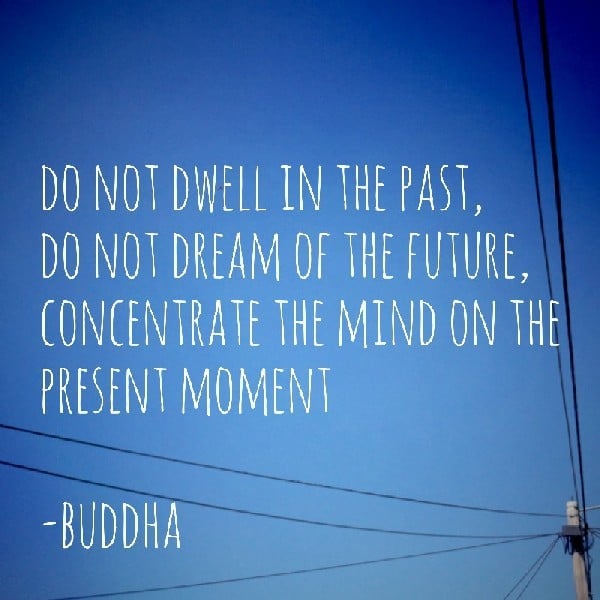One of the great strengths of Chinese medicine is its understanding of the impact of spiritual health on the physical body. Unbalanced emotions such as stress and worry can stagnate the Qi, causing disharmony and ill health. Meditation has been shown to be beneficial for migraine, insomnia, anxiety, high blood pressure and other chronic health problems.
Meditation is an easy technique that has been practiced for thousands of years to promote relaxation, build Qi and develop patience and compassion. Short periods of regular meditation can help to reduce stress and anxiety and promote calm and tranquility. When we are stressed, our bodies are primed for action (fight or flight). Our breath is shallow and circulation is directed to away from our vital organs to our muscles, ready to pounce. When we are not stressed, our bodies can relax and focus on repair and healing (rest and digest).
There are a wide variety of meditation and mindfulness practices to choose from, so I strongly encourage you to try a few different approaches to see what works for you.
This one is borrowed from the Melbourne Meditation Centre. who run regular mindfulness courses. I did my meditation with Kay Dyson, a vedic meditation instructor.
One Minute Meditation
This meditation only takes a minute or so. You can do it anywhere, at any time. You can even do it with your eyes open, while standing in a queue or waiting at the traffic lights.
When tense, we hold our breath and the out-breaths tend to be short. This gives us a certain energy charge, so we can respond quickly to danger if necessary. In contrast, we only let the breath go completely when we relax and it feels safe to do so.
By breathing deeply and deliberately sighing, we mimic the physiological effect of relaxation. It sends signals to the mind saying “It’s okay to relax now.” This is probably the fastest way to induce the relaxation response.
So breathe deeply and sigh seven times, but don’t force the sighs. Just breathe in deeply and then let go as much as feels right each time. Then wait for the new breath to come when it wants to. After three or four breaths, you’ll find your whole body letting go in sympathy.
Instructions
- Breathe deeply, sigh and pause. Wait for the next breath.
- Breathe deeply again, sigh and pause. Repeat seven times.
- Each sigh is usually deeper and softer than the one before.
- Rest in that stillness at the end of each breath.
- Seven sighs is quite enough
- Now enjoy the natural breathing as long as you like.
